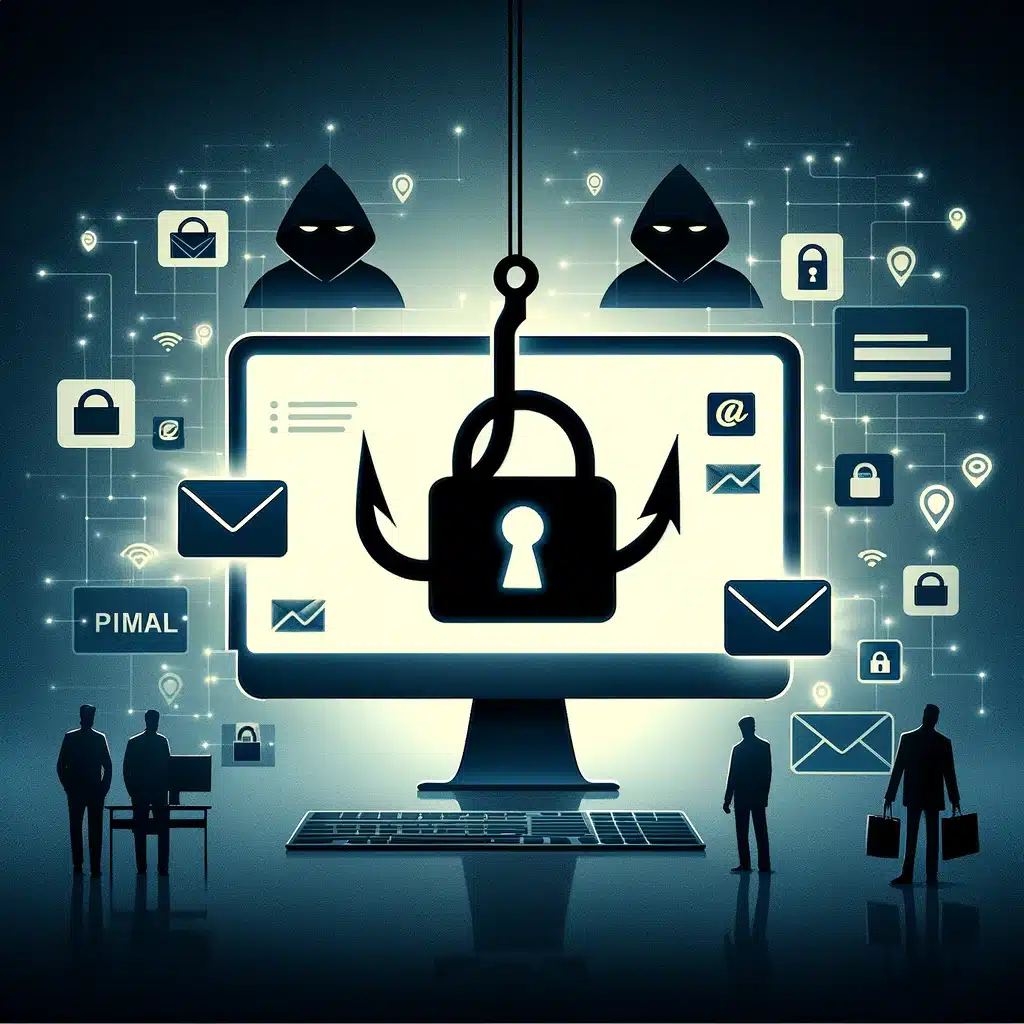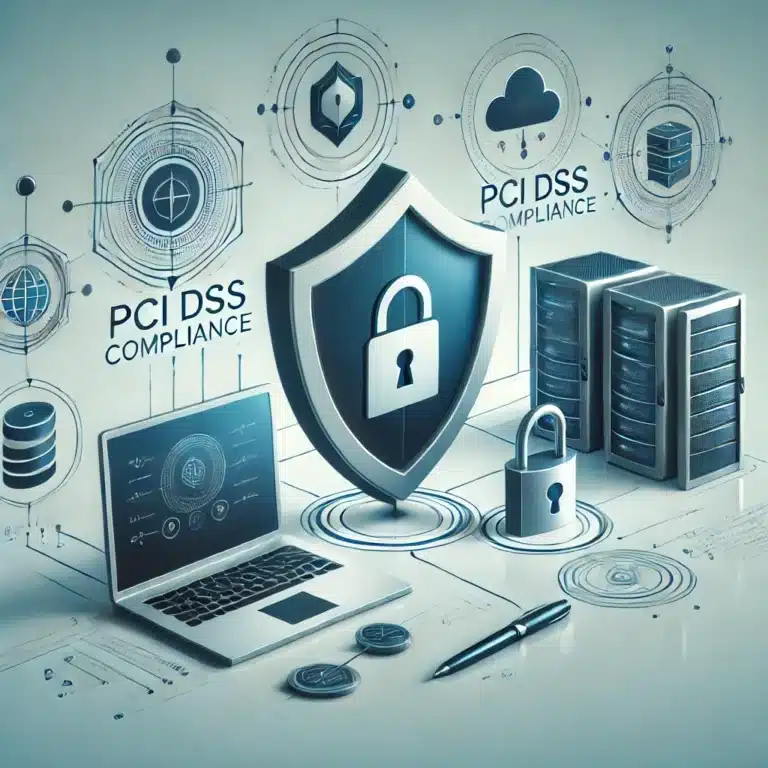In today’s digital age, the security of personal and organizational information has become more critical than ever. Cyber threats are constantly evolving, and among the most pervasive and damaging is phishing. This form of cyber deception has grown more sophisticated over time, with increasingly targeted and convincing tactics designed to trick individuals into divulging sensitive information. In this article, we’ll explore the history of phishing, its global impact, and the most recent methods used by cybercriminals. Understanding this evolution is key to staying one step ahead and protecting yourself from these attacks.
The Origins of Phishing
The term “phishing” is derived from the word “fishing,” reflecting how attackers use bait to lure their victims into revealing private information. Phishing can be traced back to the mid-1990s, when a group of hackers known as “phreakers” pioneered the technique. Early phishing attempts targeted AOL users, sending fraudulent emails that tricked recipients into disclosing their login credentials.
These early attacks were relatively rudimentary by today’s standards but laid the groundwork for the more advanced phishing tactics we see today. Even in its infancy, phishing proved that social engineering—exploiting human behavior—was a powerful tool for cybercriminals.
The Evolution of Phishing Techniques
As technology advanced, so did phishing methods. In the early 2000s, phishing attacks became more sophisticated, with cybercriminals using spoofed emails and websites to mimic legitimate businesses and organizations. These attacks preyed on trust, as victims unknowingly entered personal and financial data into fake websites that appeared authentic.
By the 2010s, phishing attacks began incorporating social engineering tactics to further deceive victims. Attackers crafted more compelling narratives that convinced users to click on malicious links or download harmful attachments. Social media platforms also provided a new frontier for phishing, allowing attackers to target individuals with unprecedented precision.
With these advancements, phishing became a global issue, affecting millions of people and causing significant damage to individuals and organizations alike.
The Global Impact of Phishing
Phishing has had a profound global impact, affecting millions of individuals and organizations worldwide. This type of attack has led to staggering financial losses, widespread identity theft, and severe security breaches on an international scale. No country or industry is immune to phishing attacks, and as the internet becomes more deeply integrated into everyday life, the potential reach of these scams grows exponentially.
Phishing is a pressing concern for global cybersecurity efforts, as the damage it causes extends far beyond financial loss. In some cases, phishing attacks have been linked to corporate espionage, the compromise of critical infrastructure, and even national security threats. The widespread nature of phishing means that organizations and individuals alike must stay vigilant to protect themselves.
Recent Phishing Methods: A New Level of Sophistication
Phishing has continued to evolve, and modern tactics are more sophisticated and dangerous than ever before. Today’s cybercriminals leverage cutting-edge technology like artificial intelligence (AI) and machine learning to make their attacks more personalized and effective. Below are some of the most recent and common phishing methods:
- Spear Phishing: Unlike traditional phishing, which casts a wide net, spear phishing targets specific individuals or organizations with personalized messages, making the attacks more convincing.
- Whaling: A more focused form of spear phishing that targets high-level executives, often seeking to gain access to sensitive company information or initiate fraudulent transactions.
- Smishing and Vishing: Phishing has moved beyond email. Smishing uses text messages (SMS), while vishinguses voice calls to trick victims into revealing personal information or credentials.
- Business Email Compromise (BEC): Attackers impersonate company executives or trusted business contacts to request sensitive information or money transfers. BEC attacks have caused billions in financial losses.
- Deepfake Technology: Using AI-generated audio and video, attackers can now impersonate trusted individuals with startling accuracy, making fraudulent requests or directives seem completely legitimate.
These advanced phishing tactics are harder to detect and more damaging, which is why organizations and individuals must remain proactive in their cybersecurity efforts.
Protecting Yourself Against Phishing
The best defense against phishing is awareness and education. Understanding the signs of phishing and adopting best practices can significantly reduce your risk. Here are some key steps to protect yourself:
- Be cautious of unsolicited emails or messages that prompt immediate action, especially those requesting personal or financial information. Phishing attacks often use urgency to manipulate victims.
- Verify the authenticity of requests by contacting the company or individual through official channels. Never rely on the contact information provided in suspicious emails.
- Use comprehensive security software that includes email filtering, web protection, and anti-phishing features to block malicious attempts before they reach your inbox.
- Keep your software and systems updated to protect against known vulnerabilities. Cybercriminals often exploit outdated software as an entry point for their attacks.
- Educate yourself and others on the signs of phishing. Regular training can help ensure that everyone in your organization knows how to spot phishing attempts and report them promptly.
Conclusion: Staying Ahead of the Evolution of Phishing
Phishing is an ever-evolving threat that preys on human vulnerability. By understanding the history of phishing and staying informed about the latest methods used by cybercriminals, individuals and organizations can better protect themselves.
As technology advances, so too must our vigilance. By staying aware, adopting best practices, and prioritizing cybersecurity education, we can reduce the risks posed by phishing and protect our personal and organizational information from this dangerous and deceptive threat.
Phishing may continue to evolve, but with the right tools and knowledge, we can stay one step ahead.




